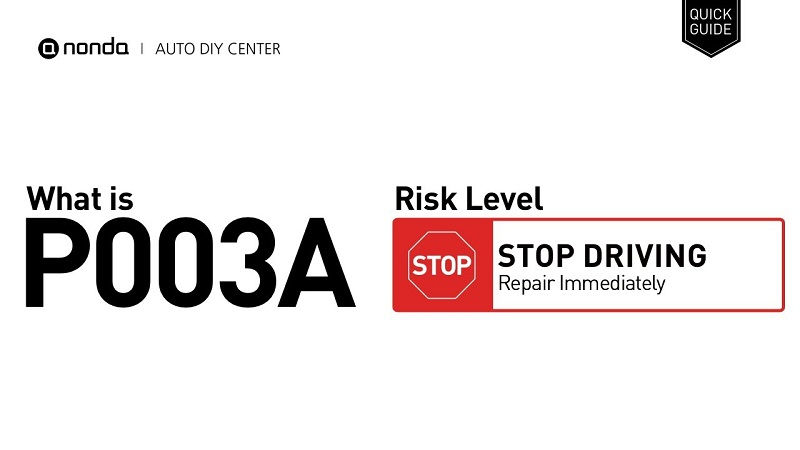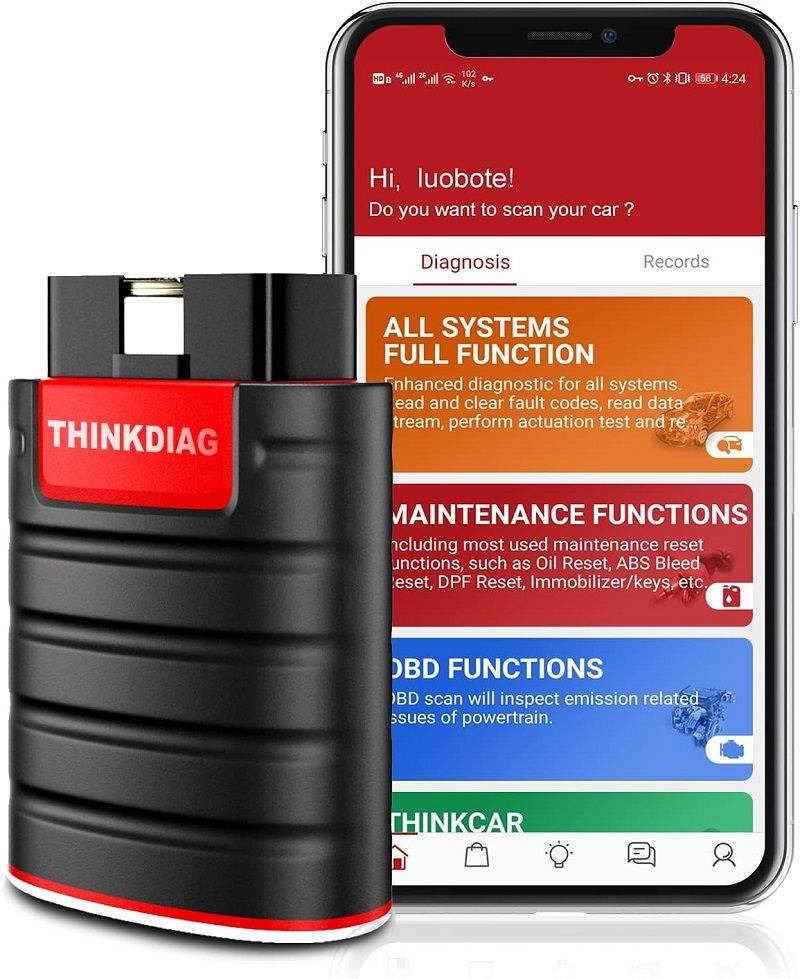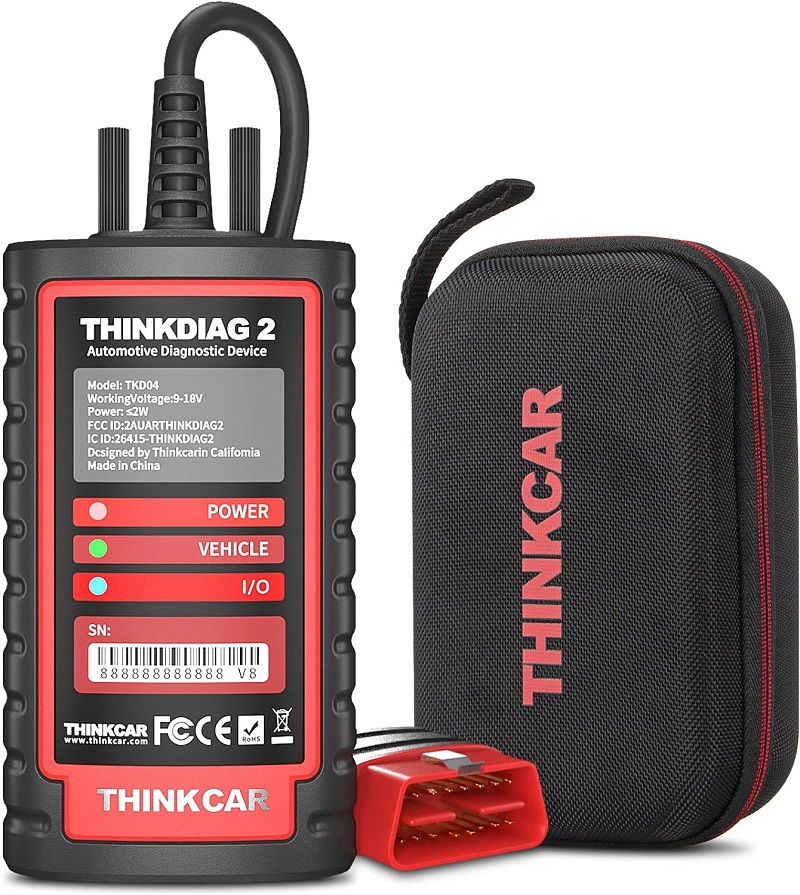This post contains affiliate links. This means I will make a commission at no extra cost to you should you click through and make a purchase [ “As an Amazon Associate, I earn from qualifying purchases.” ]. Read the full disclosure here.
Cracking the Code: Understanding P003A – Turbocharger/Supercharger Boost Control “A” Position Exceeded Learning Limit GuideMechanic.Com In the complex realm of automotive diagnostics, deciphering trouble codes serves as a crucial step towards resolving underlying issues within a vehicle’s systems.
Among these codes, P003A stands out, signaling a problem with the Turbocharger/Supercharger Boost Control “A” Position exceeding its learning limit.
In this comprehensive article, we delve into the intricacies surrounding P003A, exploring its significance, potential causes, diagnostic procedures, and effective solutions.
See Also: P0038 HO2S Heater Control Circuit High (Bank 1 Sensor 2)
P003A Turbocharger/Supercharger Boost Control “A” Position Exceeded Learning Limit
Understanding P003A:

P003A is part of the OBD-II (On-Board Diagnostics II) system, a standardized protocol used by vehicles to monitor and report malfunctions related to engine performance and emissions control.
Specifically, P003A denotes an anomaly in the Turbocharger/Supercharger Boost Control “A” Position, exceeding its learning limit.
To grasp the implications of this code, it’s essential to understand the role of the turbocharger or supercharger in enhancing engine performance.
Turbochargers and superchargers are forced induction systems designed to increase engine power output by compressing air before it enters the combustion chamber.
The Boost Control “A” Position refers to the position of a variable geometry turbocharger or supercharger mechanism, which adjusts the boost pressure according to engine operating conditions.
The learning limit indicates the range within which the system can adapt and optimize performance based on historical data and real-time feedback.
When the Boost Control “A” Position exceeds its learning limit (P003A), it suggests that the turbocharger or supercharger system may be operating outside of the expected parameters.
This could result in issues such as insufficient or excessive boost pressure, affecting engine performance, fuel efficiency, and emissions.
P003A Turbocharger/Supercharger Boost Control “A” Position Exceeded Learning Limit
Common Causes of P003A:

Diagnosing the root cause of P003A requires a systematic approach and a thorough understanding of forced induction systems.
While precise diagnosis often necessitates specialized tools and expertise, several common culprits are typically associated with this trouble code:
Mechanical Issues:
Wear and tear, mechanical damage, or malfunctions within the turbocharger or supercharger mechanism can lead to deviations in boost control position, triggering P003A.
Wiring and Sensor Problems:
Any abnormalities in the wiring harness or connectors connected to the boost control system can disrupt communication between sensors and the engine control unit (ECU), leading to erroneous position readings.
Boost Pressure Abnormalities:
Problems with the turbocharger or supercharger system, such as leaks, blockages, or irregular boost pressure levels, can indirectly affect boost control position and trigger P003A.
Software or Calibration Issues:
Incorrect software settings or calibration parameters within the ECU can lead to inaccuracies in boost control position readings, causing P003A to be triggered.
Environmental Factors:
Extreme temperatures, altitude changes, or environmental conditions can affect the performance of the turbocharger or supercharger system, potentially leading to deviations in boost control position.
P003A Turbocharger/Supercharger Boost Control “A” Position Exceeded Learning Limit
Diagnostic Procedures:

To diagnose and address P003A effectively, automotive technicians typically follow these steps:
Code Retrieval:
Utilize an OBD-II scanner to retrieve the trouble code (P003A) stored in the vehicle’s ECU. This confirms the presence of the issue and provides a starting point for diagnosis.
Visual Inspection:
Conduct a thorough visual inspection of the turbocharger or supercharger system, including the boost control mechanism, wiring harness, connectors, and associated components. Look for signs of damage, wear, or loose connections.
Check Boost Control Position:
Use diagnostic tools to monitor the boost control position readings in real-time and compare them to expected values. This helps identify deviations that may be triggering P003A.
Test Wiring and Sensors:
Inspect the wiring harness and connectors associated with the boost control system for any signs of damage, corrosion, or poor connections. Test sensors for proper operation and signal consistency.
Inspect Boost Pressure System:
Investigate the turbocharger or supercharger system for potential issues affecting boost pressure, such as leaks, blockages, or irregularities. Address any abnormalities to ensure proper boost control operation.
Verify Software Settings:
Check the ECU’s software settings and calibration parameters to ensure they are configured correctly for the vehicle’s specifications. Update or recalibrate as necessary to prevent P003A from recurring.
P003A Turbocharger/Supercharger Boost Control “A” Position Exceeded Learning Limit
Potential Solutions:
Based on diagnostic findings, several solutions may be required to rectify P003A:
Repair or Replace Mechanical Components:
Address any mechanical issues within the turbocharger or supercharger system, such as worn-out parts or malfunctions, to restore proper boost control operation.
Repair Wiring and Connectors:
Address any wiring problems identified during inspection, such as repairing damaged wires, replacing connectors, or improving grounding connections to ensure consistent signal transmission.
Rectify Boost Pressure Abnormalities:
Investigate and address any issues affecting boost pressure, such as leaks, blockages, or irregularities, to ensure proper boost control operation and prevent P003A from recurring.
Update Software or Calibration:
Ensure that the ECU’s software settings and calibration parameters are configured correctly for the vehicle’s specifications. Update or recalibrate as necessary to prevent P003A from recurring.
Perform System Reset:
In some cases, resetting the turbocharger or supercharger control system and allowing it to relearn optimal parameters may resolve issues triggering P003A.
Conclusion:
See Also: P0039 Turbo/Super Charger Bypass Valve Control Circuit Range/Performance
P003A, indicating a deviation from the expected range or performance of the Turbocharger/Supercharger Boost Control “A” Position, underscores the importance of precise control in forced induction systems.
By following systematic diagnostic procedures and addressing potential causes such as mechanical issues, wiring problems, or boost pressure abnormalities, automotive technicians can effectively resolve P003A and restore optimal engine performance and efficiency.
Regular maintenance and proactive troubleshooting are essential for identifying and addressing trouble codes promptly, ensuring vehicles operate smoothly and reliably on the road.
- Seafoam Catalytic Converter Cleaner: It Work & How to Use It? - April 18, 2025
- Rislone Catalytic Converter Cleaner: What It Is, How It Works - April 18, 2025
- Wynn’s Catalytic Converter Cleaner 325ml - April 17, 2025
